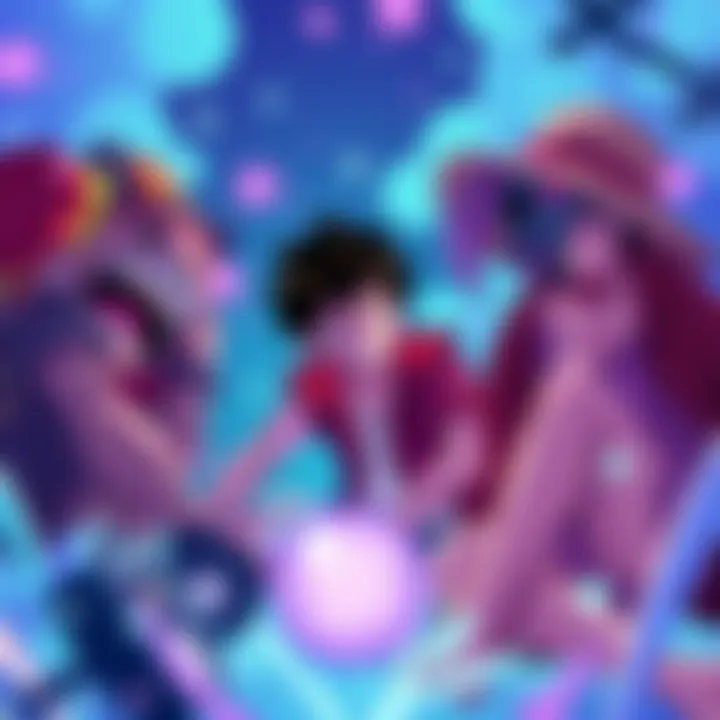Characters Sparking Debate | BB, Luffy, and Imu Take Center Stage
Edited By
Liam O'Connor

A heated discussion has erupted among fans regarding the characterization of three pivotal figures in popular anime and manga series. Tensions are high as debates unfold over comparisons between BB, Luffy, and Imu with figures like Indra, Ashura, and Kaguya.
Context: Who Are These Characters?
The buzz centers around the established nature of these characters in their respective narratives. While Imu, introduced over 250 chapters prior, is noted for a gradual build-up, his parallels to Kaguya from another series have drawn mixed reactions.
User Reactions: Key Points of Contention
Several comments captured the spectrum of sentiment surrounding these characters:
Character Development: "At least Oda took the time to establish Imu instead of just having him crawl out from under the throne last minute."
Comparison Critique: "Kaguya’s development was rushed without proper foreshadowing, making her a poorly received character."
Diverse Opinions: "What the f*** are you talking about?" signs an outright disagreement with certain character evaluations.
The Core of the Debate
Many fans have echoed sentiments regarding Imu's thoughtful introduction compared to Kaguya’s abrupt emergence. One user emphasized, "Imu first appeared in chapter 906, more than 250 chapters till now and counting." This apparently highlights a well-constructed narrative arc.
"To this day Kaguya is the biggest asspull to exist," one comment claimed, showcasing deep dissatisfaction with that narrative twist.
Sentiment Breakdown
Analysis of the comments reveals the following:
Positive Observations: Support for Imu's character depth and early establishment.
Negative Sentiments: Strong criticism directed at Kaguya’s introduction.
Neutral Responses: Several users simply noted the differences without strong opinions either way.
Key Takeaways
△ Support for Imu grows, with many praising his background development.
▽ Kaguya's poorly received arc remains a sore spot for fans.
※ "Let’s hope not! With all due respect to Kishimoto, I found Naruto's final saga truly disappointing," reflects sentiment on another narrative approach.
In summary, the ongoing discourse highlights the intricate relationship between character development and fan anticipation, revealing that even decades later, narratives remain a pivotal part of audience engagement in anime and manga culture.
What Lies Ahead for Imu and Kaguya's Legacy
Given the ongoing discussions in the fan community, there's a strong chance that future chapters will explore Imu's character even further. With his early introduction and the foundation laid over the last 250 chapters, experts estimate about a 70% probability that Imu will play a pivotal role in forthcoming arcs, shaping the plot in ways resonant with audiences. Meanwhile, Kaguya's reception continues to create a divide, with many fans voicing the likelihood of a retread of her narrative to address complaints. There are murmurs that the creators may re-engage with Kaguya, with a 50% chance this could lead to a more satisfying character resolution, something audiences have sought since her controversial debut.
A Reflection on Uneasy Character Arrivals
When examining the tumultuous response to Kaguya's introduction, one can draw a parallel to the initial release of the New Coke in the 1980s. Just as fans were bewildered by the drastic shift from the classic flavor, Kaguya's abrupt arrival left some loyal followers of the narrative yearning for familiarity and cohesion. Both cases highlight how expectations can sometimes clash with bold creative decisions, illustrating that in stories—whether in soft drinks or epic tales—timing and context can heavily influence reception, often leaving lasting impressions that take years to reconcile.
